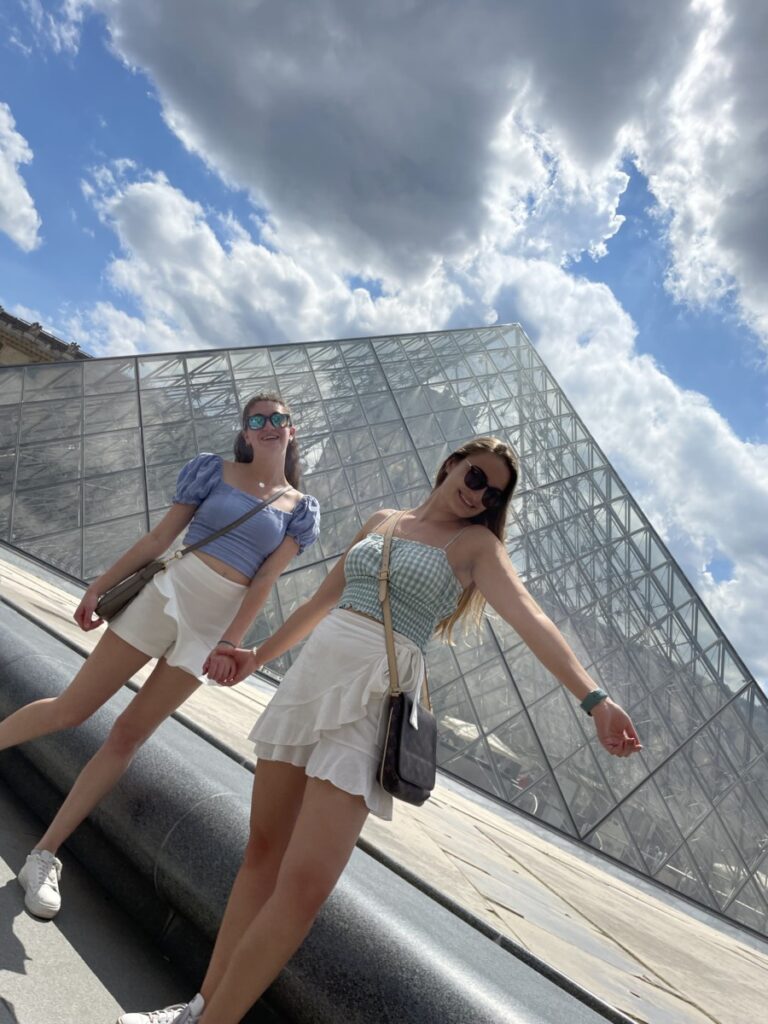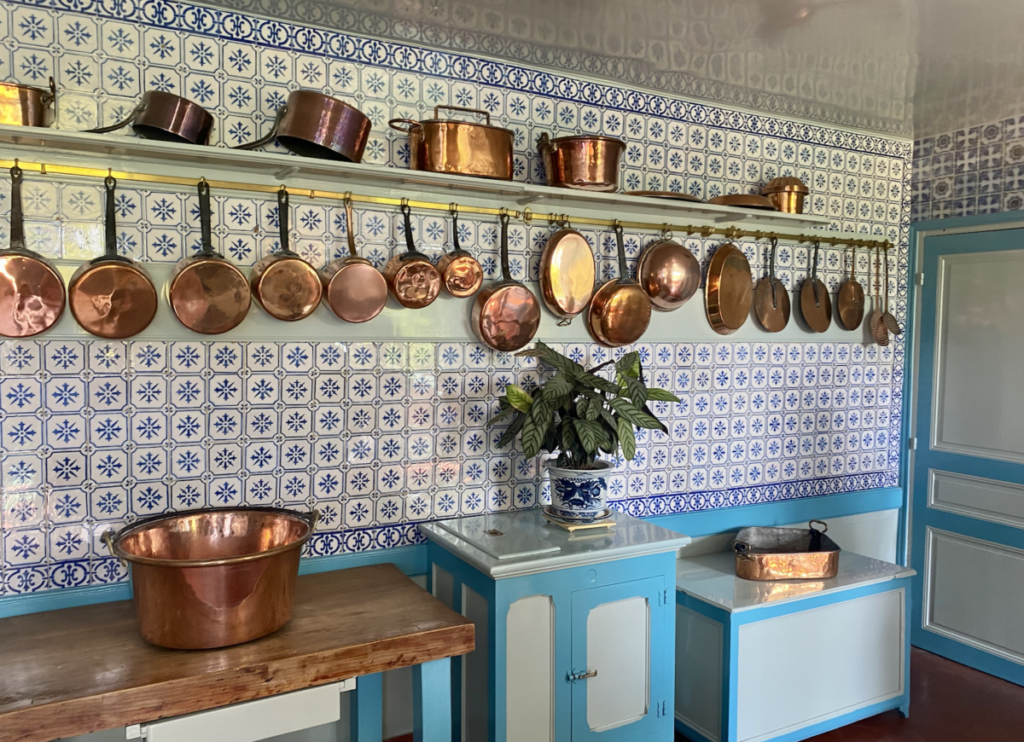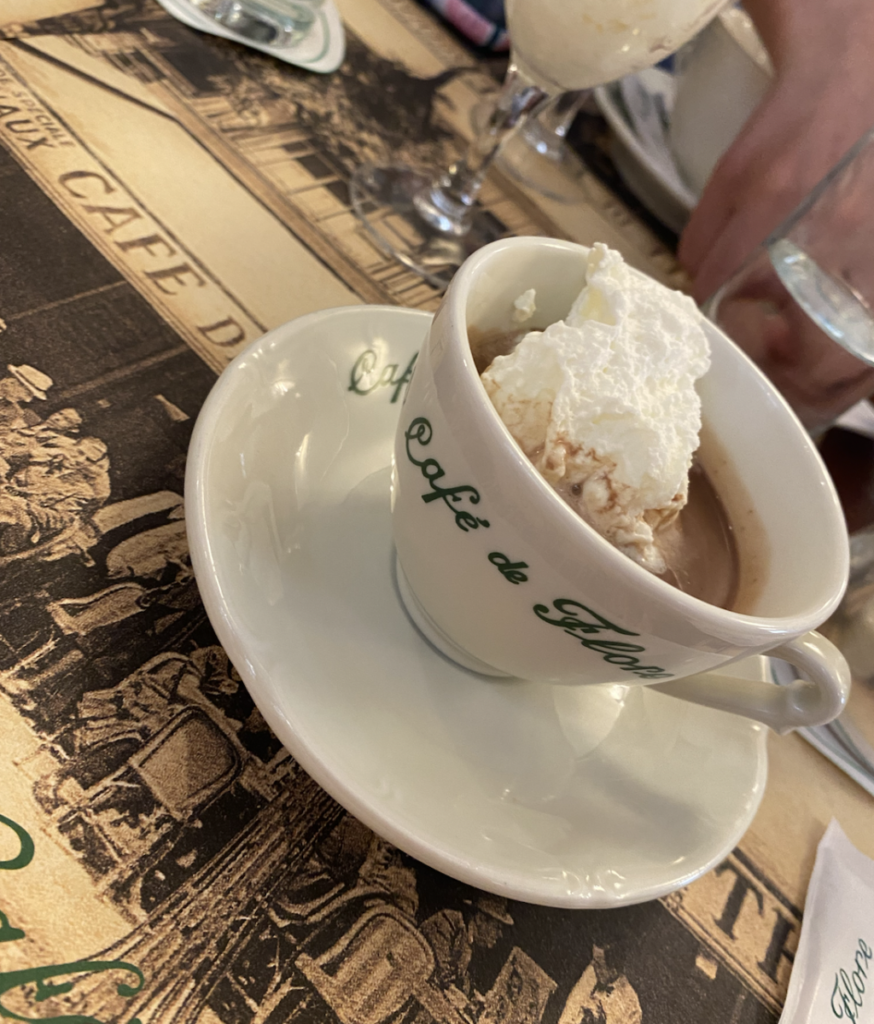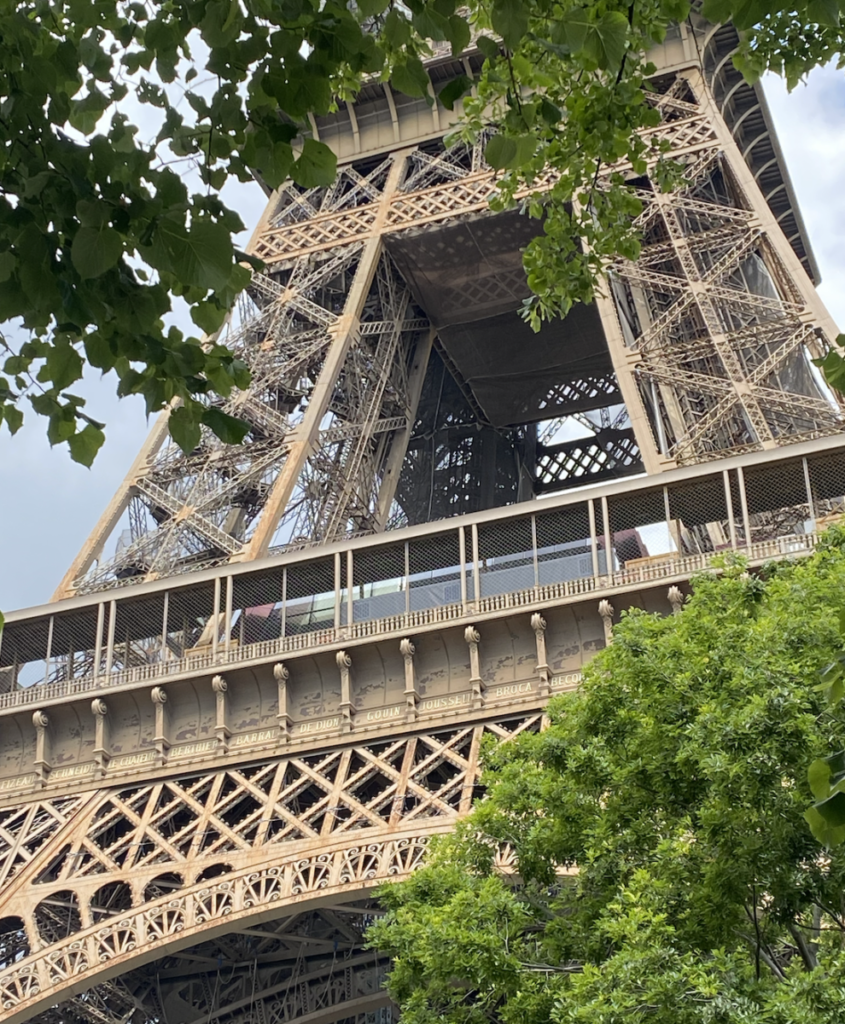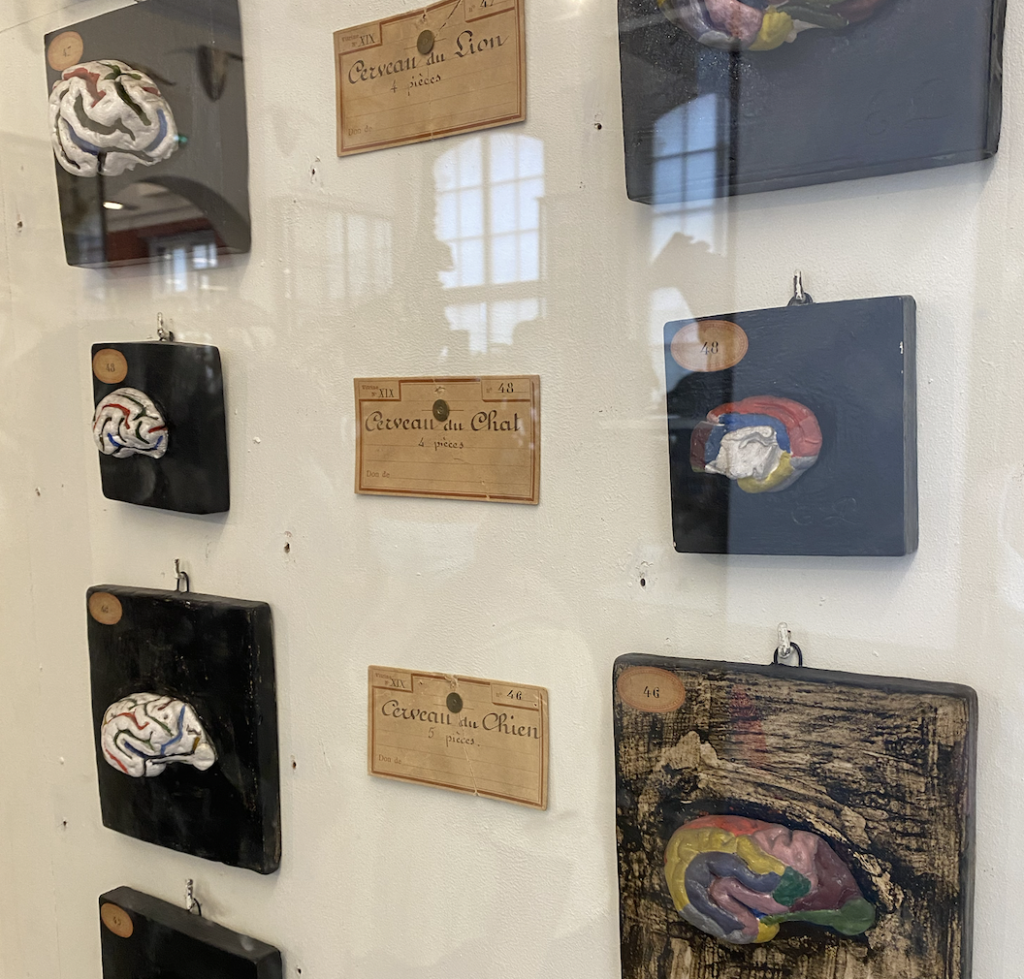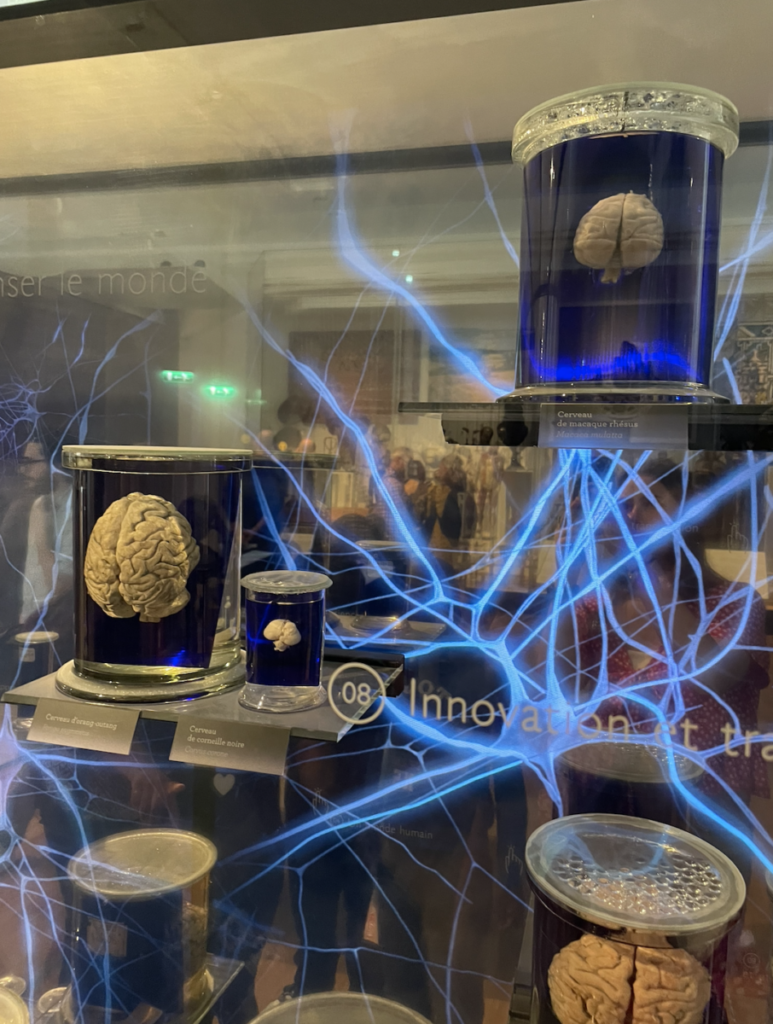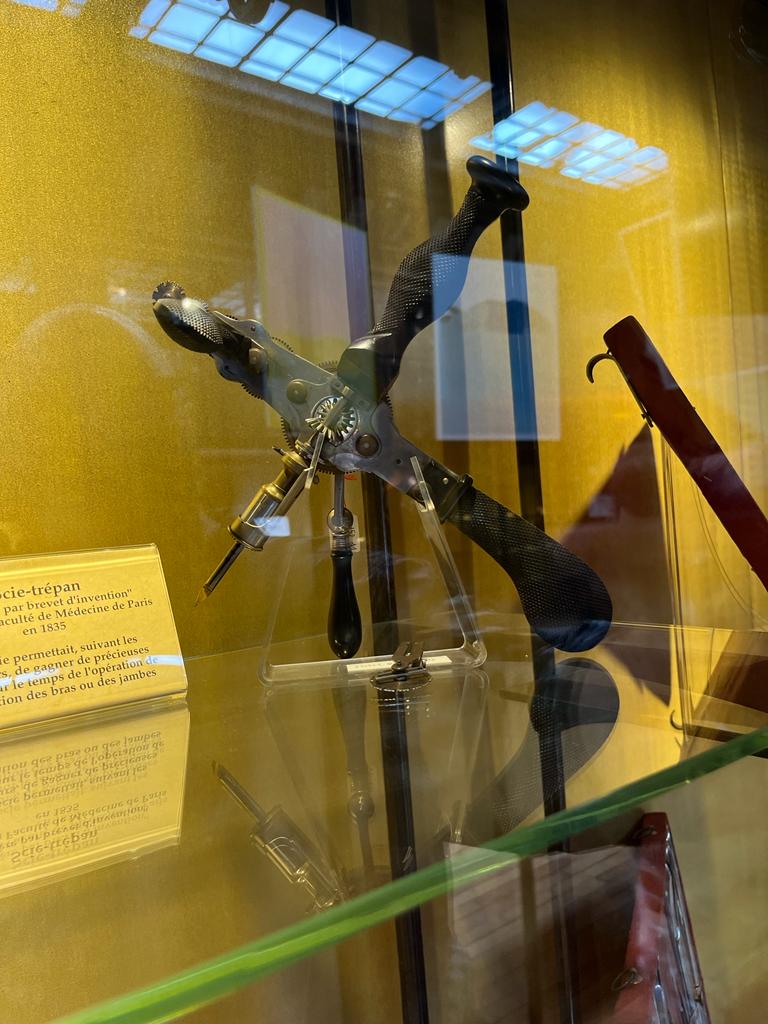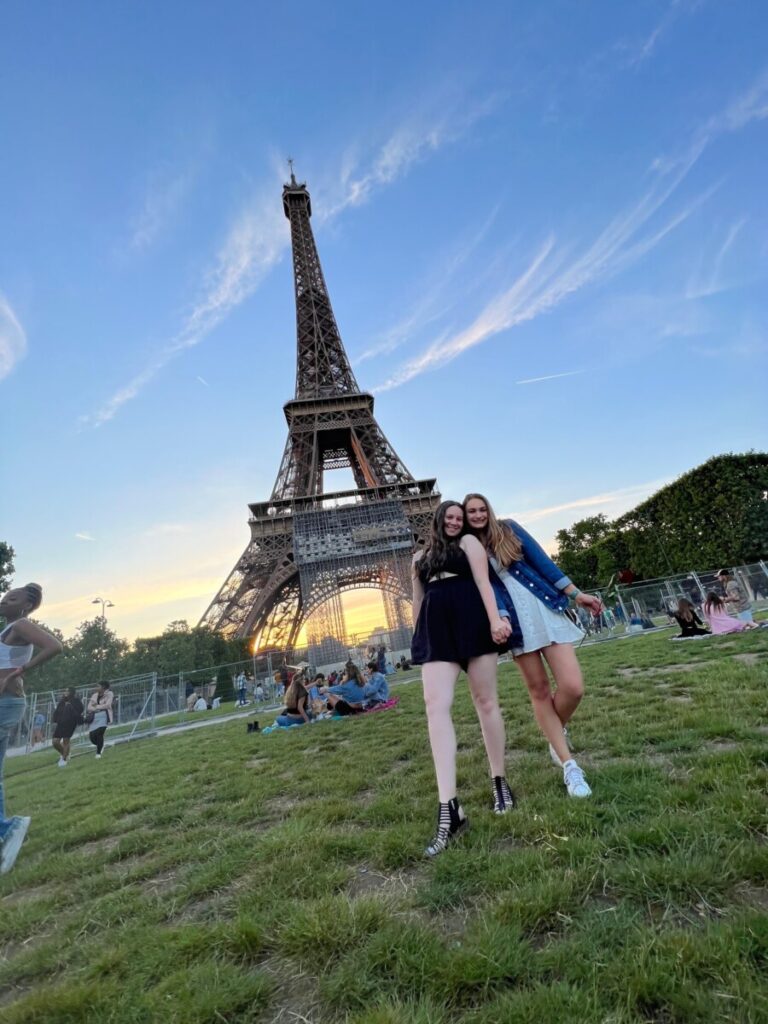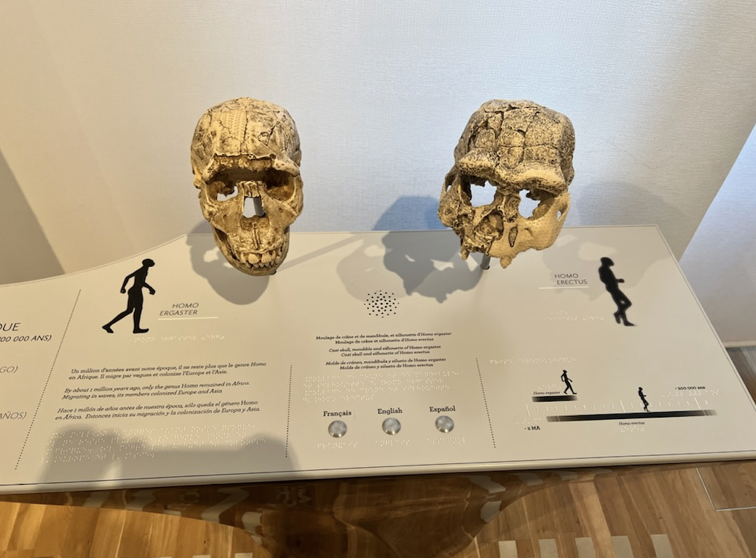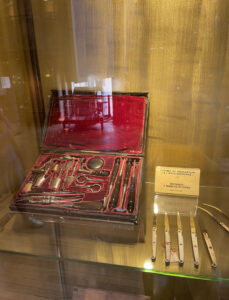On June 4th, 2022, Sam and I went to the Louvre, an experience I was looking forward to since we arrived in Paris. We were able to explore the beautiful building and appreciate various works of art, including the Mona Lisa (after her birthday cake scare). As a child, I took art classes at the Philadelphia Museum of Art every Saturday and in high school I worked at a pottery studio, causing me to become interested in the idea of art therapy, which I reflected upon during my visit to the Louvre. Art therapy is when a therapist uses art materials and directives to activate sensory responses and generate imagery that is directly connected to emotions, allowing their patient to re-experience emotions in a way that allows them to organize their feelings and form a narrative around an overwhelming experience. Studies have shown that art therapy measurably changes the body and brain.
